From humble beginnings to the digital age, these five ancient technologies have significantly impacted the way we teach and learn.
1. Abacus: The Ancient Calculation Tool
Many people may think that the abacus is a unique invention from China; however, this ancient counting device was also invented in Mesopotamia. This tool revolutionized how humans taught and understood mathematical concepts. This simple yet smart technology facilitated complex calculations and encouraged the development of essential math skills.
The legacy of the abacus continues to appear in modern education by supporting visual learning.
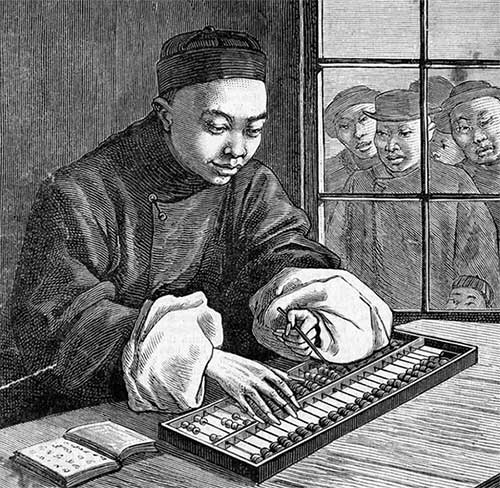
Ancient Mesopotamians often used the abacus to calculate how to build public works, while ancient Chinese commonly used it for business purposes. (Photo: Cosmos Magazine).
2. Papyrus and Writing
Before the invention of the printing press, ancient civilizations relied on papyrus, a material similar to modern paper made from the core of the papyrus plant, to preserve and disseminate knowledge. For instance, ancient Egyptians recorded everything on papyrus scrolls, from sacred texts to official records.
The Egyptians also invented pens made from cut reeds, sturdy enough to write on papyrus, and mixed soot or other organic materials with beeswax and tree resin to create ink. Many papyrus sheets inscribed with Egyptian hieroglyphs remain intact and readable even after more than 5,000 years.
Papyrus and writing enabled humans to create standardized texts that could be used to disseminate reliable information to a broader audience. Teachers could use written materials to ensure accurate and consistent information dissemination.
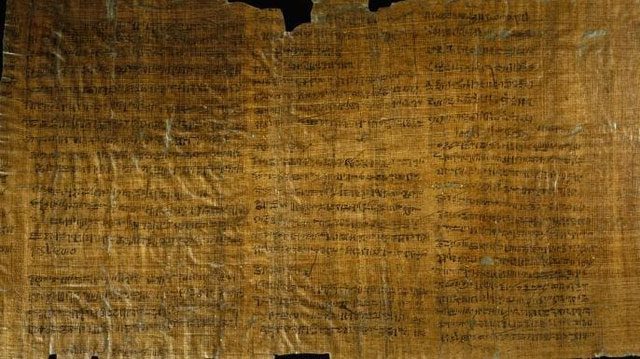
As early as 3000 BC, the Egyptians developed a technique for making paper from the core of the papyrus plant, a common plant along the banks of the Nile River. Long strips were woven together and weighted down to bond them into a thin, durable sheet. (Photo: History).
3. The Library of Alexandria: A Repository of Knowledge
The importance of collaborative learning is exemplified by the Library of Alexandria, once considered the largest library in the world. A considerable collection of scrolls, manuscripts, and texts from various cultures and academic disciplines was preserved in this vast archive established in the third century BC.
To access the city’s rich knowledge base, scholars, students, and researchers from all over the world flocked to Alexandria, Egypt. The Library of Alexandria emphasized the idea of centralized learning resources, which laid the groundwork for modern libraries and digital databases today.
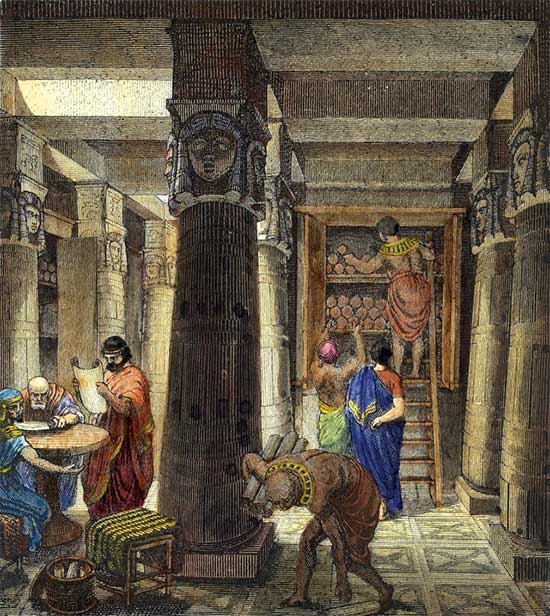
The Library of Alexandria in Alexandria, Egypt, was one of the largest and most significant libraries of the ancient world. The library was part of a larger research institution known as the Mouseion, or “House of the Muses” – the goddesses of poetry and the arts. (Photo: History).
4. The Socratic Method: Interactive Pedagogy
The Greek philosopher Socrates popularized the Socratic teaching method, which combines discussion, probing questions, and critical thinking. Instead of lecturing, Socrates engaged his students in stimulating discussions to help them analyze and synthesize ideas.
This student-centered, interactive teaching approach fundamentally transformed modern education. The Socratic method has generated various active learning techniques, emphasizing the importance of engaging students in their learning process, fostering intellectual curiosity, and supporting the development of analytical skills.
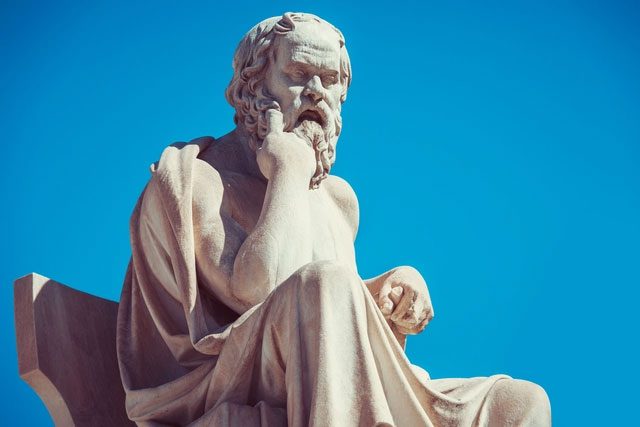
Socrates was an ancient Greek philosopher, regarded as one of the founders of Western philosophy and the first moral philosopher in Western ethical thought. (Photo: History).
5. Roman Road System: Infrastructure for Education
The extensive road network built by ancient Romans was crucial for disseminating knowledge, as well as for trade and military activities. This efficient transportation network made it easier for teachers, students, and scholars to travel, facilitating the development of educational institutions throughout the Roman Empire.
Modern evidence shows that infrastructure is essential to ensure knowledge reaches all sectors of society, including building schools, universities, and online learning platforms.
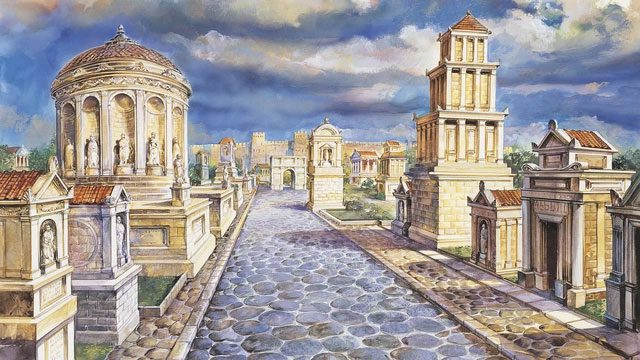
The use of papyrus, the abacus, the Library of Alexandria, the Socratic method, and the Roman road system are just a few examples of the innovations that have shaped how we educate and learn today. Understanding the origins of these technologies helps us gain a deeper insight into the evolution of education and its enduring principles. (Photo: History).





















































